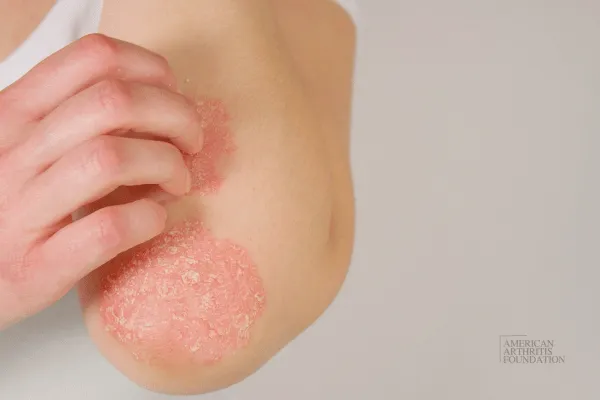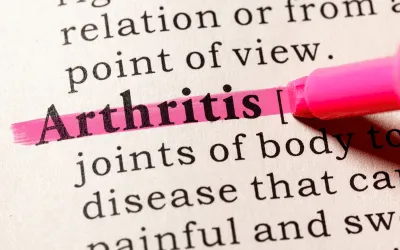About Arthritis
As the nation’s #1 cause of disability, arthritis affects nearly 60 million adults and 300,000 children. Over 100 types of arthritis and related conditions damage the joints and often other organs.
How can we assist you?
Helpful Tools for You

Understanding the Different Faces of Psoriatic Arthritis: New Study Reveals 3 Patient Clusters
Psoriatic arthritis (PsA) is a complex and often unpredictable condition that affects both the skin and joints. While some patients experience primarily joint-related symptoms, others face severe skin involvement due to psoriasis. But not all PsA cases follow the same path—and new research is helping us understand why.
A groundbreaking study published in the Annals of the Rheumatic Diseases has identified three distinct phenotype clusters among PsA patients, revealing key differences in disease presentation and response to treatment.
🔢 The Three Clusters of PsA
The researchers categorized patients into three unique groups based on the severity of their joint and skin symptoms:
Cluster 1: Mild PsA with Mild Psoriasis
✔️ Low joint involvement and minimal skin symptoms
✔️ Typically less severe disease progressionCluster 2: Severe PsA with Mild Psoriasis
✔️ High joint counts and more joint damage
✔️ Moderate but not severe skin involvementCluster 3: Severe PsA with Severe Psoriasis
✔️ Extensive psoriasis with high levels of systemic inflammation
✔️ Greater disease burden overall
📉 Why These Findings Matter
One of the most significant takeaways from this study is that patients in Cluster 3 (severe PsA with severe psoriasis) experienced the greatest improvements when starting or switching treatments. This reinforces the importance of taking both joint and skin symptoms into account when developing a treatment plan.
Traditionally, PsA treatment has focused on managing joint pain and stiffness. But this research highlights that skin severity should be considered equally important, especially when inflammation is widespread. A more comprehensive, personalized treatment strategy can help improve outcomes and quality of life.
💪 Toward Personalized PsA Care
This study aligns with the growing movement toward precision medicine in autoimmune care. By understanding the different ways PsA presents in patients, healthcare providers can:
📌 Tailor therapies to individual needs
📌 Monitor skin and joint symptoms in parallel
📌 Adjust treatments more effectively when patients aren’t responding
💡 What You Can Do
If you’re living with PsA, pay close attention to how your skin and joint symptoms interact. Share these observations with your healthcare provider and ask if your treatment plan reflects both aspects of your condition.
💬 Have you noticed a connection between your PsA flares and skin symptoms? Let us know in the comments or share your story to help raise awareness!

Effects of Arthritis

Cause of Disability
In the United States, 23% of all adults, or more than 54 million people, have arthritis. It is a leading cause of work disability, with annual costs for medical care and lost earnings of $303.5 billion.

Workforce Effects
Sixty percent of US adults with arthritis are of working age (18 to 64 years). Arthritis can limit the type of work they are able to do or keep them from working at all.

Global Impact
In fact, 8 million working-age adults report that their ability to work is limited because of their arthritis. For example, they may have a hard time climbing stairs or walking from a parking deck to their workplace.
Promoting Interventions That Reduce Arthritis Pain
American Arthritis Foundation recognizes several proven approaches to reduce arthritis symptoms:
Be active. Physical activity—such as walking, bicycling, and swimming—decreases arthritis pain and improves function, mood, and quality of life. Adults with arthritis should move more and sit less throughout the day. Getting at least 150 minutes of moderate-intensity physical activity each week is recommended.
Protect your joints. People can help prevent osteoarthritis by avoiding activities that are more likely to cause joint injuries.
Talk with a doctor. Recommendations from health care providers can motivate people to be physically active and join a self-management education program. Should your arthritis be interfering with your activities of daily living you may be a candidate to receive many new treatments, and learn how to reverse the arthritis condition.
Have a question?
We're Here to Help
By providing my phone number, I agree to receive text messages from the business.


